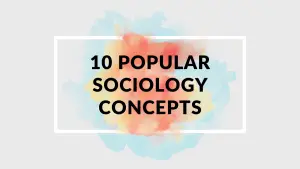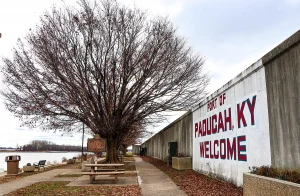Solidarity, in common parlance, refers to unity among people about actions or feelings. It can also be defined as mutual support among groups. Emile Durkheim, the French sociologist, defined social solidarity as the state of or presence of integration and cohesion among people in a society. In today’s increasing digital connectivity, social media platforms have emerged as an easily accessible medium where people connect virtually. It gives them a sense of belonging to a group or community. Text and voice messages and voice calls are commonly used means to connect with people. Emojis indicating emotions like love, like, anger, laughter, etc. are widely used to indicate people’s opinions or reactions to posts. What seems to be an emerging trend (which I came across through conversations with friends), is something that I call meme solidarity.
Memes and Meme Solidarity
Memes, as we know, are video, image or text contents designed to explain or make a brief commentary on situations, events, etc. I define meme solidarity as an expression of connection or support between people through the sharing of memes. Today, people use memes to express their emotions or their state of being. For example, sharing a meme depicting a love story indicates the sender’s expression of their romantic feelings towards the one to whom the meme has been sent. Similarly, memes with comic content are seen as materials shared between friends. Likewise, a meme where a sad song plays in the background could indicate one’s unhappy state of mind.
Initially, I laughed off the idea of using memes to communicate and convey oneself at the first instance. However, it indicates a more serious concern—that of an increasing presence in the virtual world and a diminishing human touch. While I do not intend to argue that the usage of memes for communication is the future of human interaction, nevertheless, in an age where we are discussing the pros and cons of an increasing predominance of Artificial Intelligence and the significant role played by large language models, the idea of meme solidarity needs attention.
The Implications of Meme Solidarity
First, meme solidarity indicates an increasing over-dependence on virtual connectivity. Secondly, it also sheds light on how social media is being used as a space to connect virtually and to deliberately keep oneself away from real human connections. A conversation between two persons (either through messages or verbally) involves a dialogue where both persons contribute, use words to express themselves, engage with and respond to each other, negotiate and navigate through the conversation if required.
Communicating through memes, perhaps, is seen as a way to remain connected while avoiding any actual contact involving discussions, negotiation, dialogue, etc. Therefore, while memes enable them to convey their state of mind, they save them from having to face and engage with a natural person and their emotional state of being—anger, sadness, happiness, etc.
Losing the Real to the Virtual?
In this context, how do we ensure that memes serve the purpose of maintaining social cohesion and integrity? In other words, whether or not memes suffice to act as productive ways of communication between two persons needs to be pondered upon. While we are perturbed about losing jobs to technology, are we meanwhile losing the real to the virtual?







